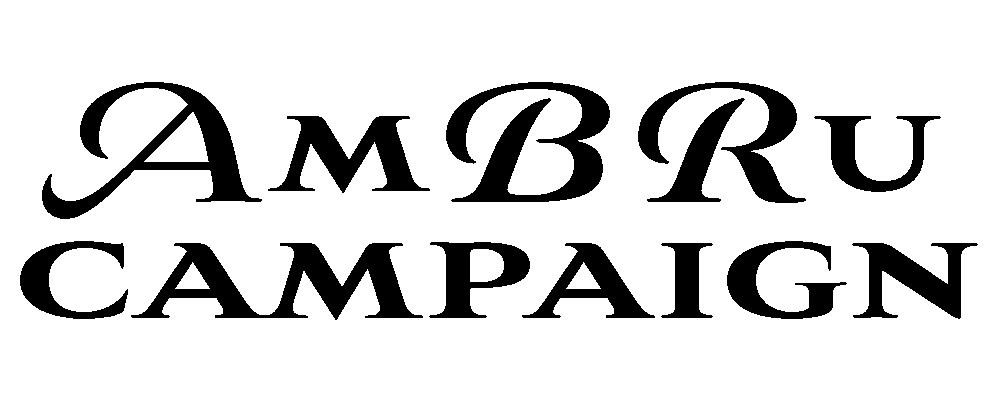
American Brandy: A Legacy of East Coast Spirit and Revolution
Signature brandies, distilled from grapes and apples, weave a rich thread through America’s history. From the East Coast’s earliest orchards and vineyards to frontier stills, these spirits shaped colonial life, fueled trade, and quietly defied imperial rule. This piece traces the chronological journey of American brandy, spotlighting the East Coast’s pioneering role.
From Old World to New: The Fruits’ Beginnings
Brandy’s story starts with its core ingredients: grapes and apples. Grapes trace back to 6000 BCE in the Caucasus region (modern Georgia and Armenia), where ancient pottery holds evidence of early winemaking. They spread across the Mediterranean—Egypt by 3000 BCE, Greece by 1500 BCE—evolving into wine and, under 8th-century Moorish influence in Spain, distilled spirits. Apples, domesticated around 4000 BCE in Central Asia, traveled the Silk Road to Europe, where Romans prized them for cider. By the 13th century, Spain, France, and Germany distilled grape brandy and experimented with apple spirits, priming these fruits for their American chapter.
East Coast Arrival: Apples Take Root, Grapes Follows
America’s brandy saga began on the East Coast. In 1607, English settlers planted apple seeds in Jamestown, Virginia, alongside native crabapples and grapes (Vitis labrusca). By the 1620s, European apple varieties thrived, driving cider production. Grapes arrived in 1619, when Virginia colonists tested native vines—though their “foxy” flavor stumped winemakers. A 1620 letter from Governor George Yeardley proposed distilling these grapes, planting the seed for American brandy.
Orchards and Early Stills: A Spirit Emerges
By the 1630s, apple orchards dotted the East Coast. Massachusetts and Virginia pressed cider on a scale large enough to warrant a 1637 tax in Massachusetts. Grape efforts stumbled but persisted—by the 18th century, Maryland, Pennsylvania, and New York toyed with hybrids, setting the stage for brandy. In 1638, Jakob Albert Planck distilled brandy in Fort Orange (now Albany, NY) using a Dutch kettle, while New Netherland settlers turned cider into apple brandy by the 1650s. Virginia joined in the 1670s, distilling surplus cider and “jacking” it—freeze-distilling barrels in winter to boost potency. Grape brandy went commercial in 1698, when French Huguenot Nicholas de la Haye opened a distillery in Henrico County, Virginia, blending local and imported vines.
Trade and Defiance: Brandy’s Colonial Impact
By the 1770s, East Coast distilleries churned out tens of thousands of gallons yearly—apple brandy from New York and Pennsylvania, grape from Virginia. These spirits bolstered the triangular trade, shipped alongside rum to West Africa for enslaved Africans, anchoring colonial commerce. The 1733 Molasses Act and 1764 Sugar Act, aimed at rum, sparked tensions that elevated brandy’s role. Smuggled French wine sustained grape brandy, and by 1775, it joined rum in Virginia taverns, rallying patriots against British rule. Applejack, jacked for durability, fueled colonial resilience.
A Lasting Legacy
Post-Revolution, East Coast brandy flourished as rum faded. Johnny Appleseed (John Chapman) spread cider apple nurseries across Pennsylvania, Ohio, and Indiana from 1801, boosting apple brandy by the 1820s. Seven Declaration signers—including Thomas Jefferson (vineyard owner) and Benjamin Franklin (distilling fan)—tied to brandy or its fruits, underscoring its deep roots. The AMBRU Campaign notes, “Brandy distilling bolstered American independence,” its profits funding trade and troops—applejack for soldiers, grape brandy for victory toasts.
